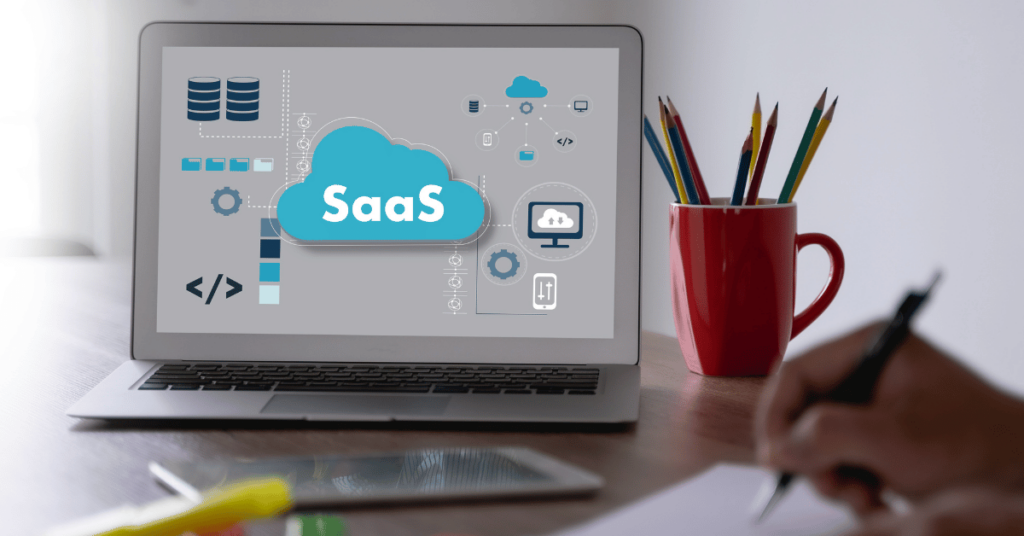Attention MSPs: Is it time to reprioritize your activities?
When faced with the need to secure their customers’ SaaS Applications, consistent feedback heard from today’s Managed Service Providers (MSP) is, “We don’t have time to do anything else!”. The truth is MSPs are inundated with a lot of daily activities in their never-ending quest to keep their clients’ employees productive and secure. Think about it, MSPs are charged with ensuring that end users have access to important infrastructure where applications and data live, backing up all that important data, providing business continuity services in case of operational disruption, locking down the network for perimeter security, hardware/software lifecycle management, virtual CIO consulting, end user security and end user support (helpdesk). All of these activities are important and essential for a every MSP, but when you follow the evolution of the technology being adopted by the SMBs that MSPs serve, where do these activities rank on the list of priorities?
I once heard an executive say, “we need to manage our competing priorities” and while I understand the sentiment, the notion of “competing priorities” is an oxymoron. By definition, a priority is a thing that is regarded as more important than another. So, the entire idea of a priority is that it doesn’t compete with another priority, it automatically takes top position of importance. A good leader’s job is to understand the relative importance of different activities and initiatives for a company and to properly list the priorities for an organization in order of importance. Therefore, MSPs need to understand that certain activities carry more importance for their customers and then adjust to their activity list based the highest level of value to the customer. However, business professionals in every field, not just MSPs, tend to default to what they have always done – and don’t challenge themselves to reprioritize what is most important for their business or their customers.
So, this article is meant to challenge MSPs to re-evaluate the activities they perform for their clients and to determine which of those activities add the most value based on the technology transition that is currently underway. What technology transition? The transition to an even more remote workforce and the rapid adoption of SaaS applications. According to a survey by BetterCloud, 85% of all applications will be consumed via SaaS by 2025. So MSPs need ask themselves in a world where a vast majority of small businesses are consuming SaaS applications, where can they add the most value to their client relationships?
Despite, the technology transition, the priority is still to protect and secure the end user experience. However, the activities associated with securing end users in a SaaS-based world need to change from the traditional MSP support model. Here are the questions the MSP needs to ask themselves:
- Are people/employees gaining access to applications they shouldn’t?
- Are bad actors logging into a client’s SaaS applications?
- Are SaaS application accounts being attacked or compromised?
- Are employees being careless with their data sharing habits?
- Are employees or bad actors taking sensitive data out of key applications?
- Are policy and permission changes being made in SaaS applications?
- Are their devices being added to access applications without permission?
- Are users using corporate credentials to authenticate to other SaaS applications?
If a majority of an MSPs clients are using SaaS applications extensively every day and sensitive data resides in those applications, then these questions are key for the MSP to answer on behalf of their client. Answering these questions can also help MSPs reprioritize how they’re spending their time in protecting their clients in a world where the perimeter has moved, and where applications live has changed.
At a recent industry event, SaaS Alerts talked to hundreds of MSPs at our tradeshow booth. MSPs would come up and ask me, “What does SaaS Alerts do?” On the first day of the event, I started by saying, “we help MSPs protect and monetize their customers’ SaaS applications” and I then continued to explain from there. But, by the end of the event, I started by saying, “we’re helping MSPs stay in business for years to come.” I added that SMBs have changed their technology habits and the solutions they use to be productive every day, it’s important that MSPs have the tools to manage their clients through this transition.
The bottom line is that the MSPs that challenge themselves to answer these questions and re-evaluate their usage of time on behalf of their clients will reprioritize their activities and win on the transition.






